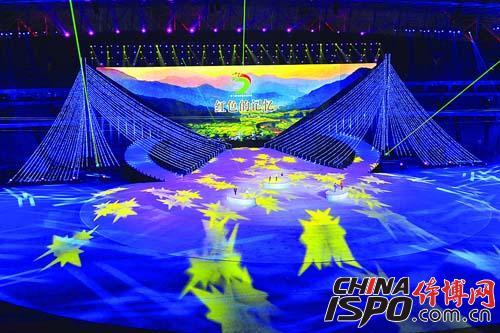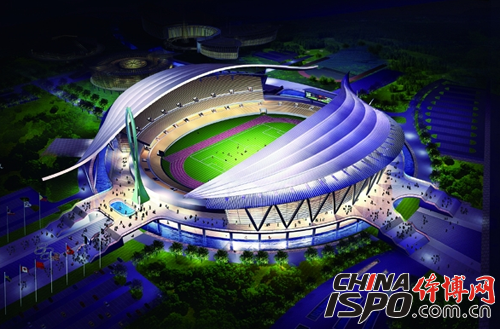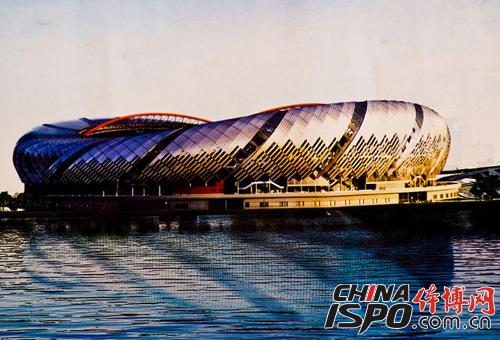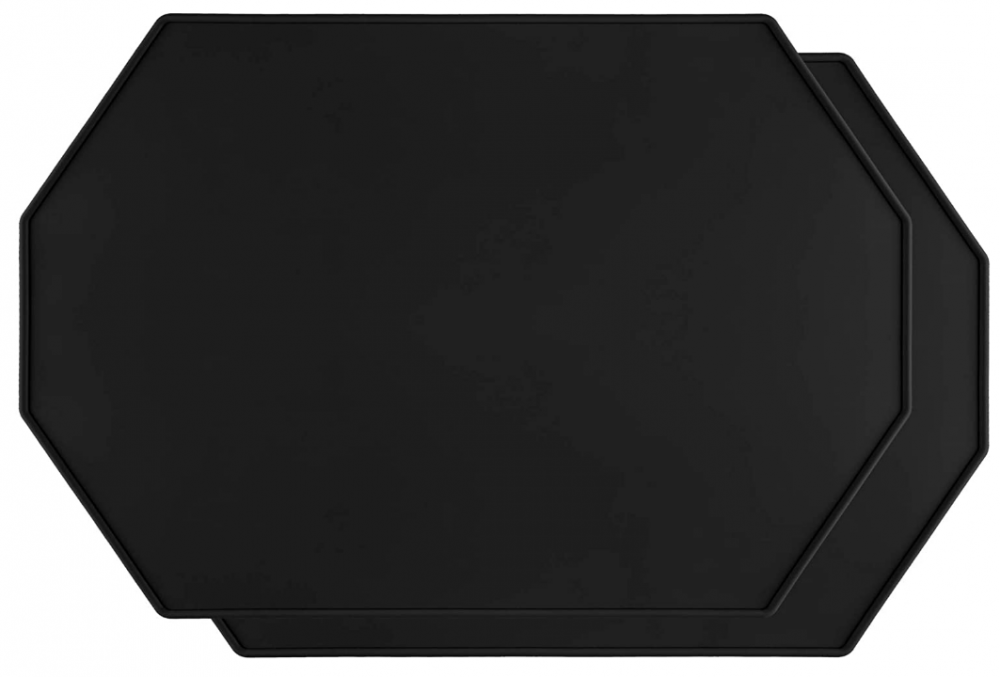Sports stadiums (hereinafter referred to as venues) have always been the focus of people's attention as the material carrier and foundation for China's competitive sports and national fitness activities. The operation status of the stadium after the game determines whether the huge investment can obtain the corresponding social and economic effects, such as meeting the development needs of the mass sports, is the key to the survival and development of each large-scale stadium. The author analyzes the operation status and constraints of the stadium after Nanchang’s “7 City Clubâ€, such as idle resources, overstaffed expansion, and lagging policies, and through a series of measures and policies such as strengthening the scientific management level of stadiums and improving the operation quality, to ensure the venues The post-operational sustainable development will provide useful reference for the construction and operation of large-scale venues in China.

Nanchang "Seven City Clubs" Opening Ceremony
1. "Seven City Clubs" Post-match stadium operation status
1.1 Basic Profile of the Stadium
1.1.1 Overview of Jiangxi Olympic Sports Center
The Jiangxi Olympic Sports Center (hereinafter referred to as the Jiangxi Olympic Sports Center) is located on the west bank of Yao Lake in the Changdong University Park of Nanchang High-tech Industrial Development Zone. It is a world-class sports center with a total area of ​​502,000 square meters. The building area is 140487.0m2 and the total investment is 1.67 billion yuan. The overall planning for the Olympic Sports Center in Jiangxi Province adopts the layout of “1 Hall 2 Pavilions†as the main body, supplemented by auxiliary works, and supporting infrastructure. “1†is the main stadium that can accommodate 60,000 spectators, and “2 Hall†is a swimming diving hall and a ball hall. It is a competition venue for the “Seven City Club†track and field, football, diving, and swimming.

Jiangxi Olympic Sports Center
1.1.2 Nanchang International Sports Center
The Nanchang International Sports Center (hereinafter referred to as the Nanchang National Sports Center) is the main stadium planned for the 7th National Urban Games in 2011. It covers a total area of ​​696667m2, a total construction area of ​​258,000m2, and a total investment of 14 100 million yuan. The "1 hall 4 hall" layout is adopted, namely the stadium, the gymnasium for ten thousand people, the integrated gymnasium, the diving swimming pool and the tennis center. The Central Stadium holds the opening and closing ceremonies of the City Games, track and field competitions and the finals of the football match. There are about 70,000 seats for the audience in the stadium (see Table 1).
Table 1 Overview of the 2 Major Stadiums of the "Seven City Clubs"
Venue name | address | Investment amount (100 million yuan) | Stadium single project | Scale/Area | Home audience |
Jiangxi Olympic Sports Center | Ziyang Avenue, High-tech Zone | 16.7 | 1 field 2 Athletics, basketball, football, swimming, diving, synchronized swimming, etc. | 502002 (occupation/m2) 140487 (building/m2) | 60000 |
Nanchang National Center | Honggutan New District | 14 | 1 game 4 Athletics, basketball, football, tennis, diving, flower swimming, water polo, etc. | 696670 (footprint/m2) 258000 (building/m2) | 70000 |
1.2 Problems existing in the stadium after the game
Most of the stadiums in China are built for undertaking large-scale events. In the design and construction of the venues, the main considerations are to meet the needs of the events, and less consideration is given to other needs. The scope of operations is narrow. From the field investigation, we learned that the current status of the stadium after the match between the Jiangxi Olympic Sports Center and the Nanchang Sports Center is not optimistic. The main manifestations are: most of the stadiums are idle, waste of resources is serious, and the huge amount of stadium maintenance and repair costs and redundant expansion are given to the venues. Bring a greater operational burden; the performance of stadiums after the game is not ideal, and it is out of touch with the city; the “body-based†concept of simplicity in the operation of venues prevails, resulting in a lower overall utilization rate of venues.

Nanchang International Sports Center
2. Analysis of the influencing factors of the status quo of stadium operations after the match
2.1 The Economic Development of Nanchang City, Taking the Per Capita Disposable Income and Consumption of Residents as an Example
Fundamentally speaking, sports consumption is consumption that meets the needs of people's enjoyment and development. The level of sports consumption is constrained by the overall level of local economic development, and is directly influenced by people’s income status at the micro level. Nanchang is a national second-tier city. In 2011, the per capita disposable income of urban residents in Nanchang was 20,467 yuan, and the per capita consumption expenditure was 15,234 yuan. Table 2 lists the 2011 annual average per capita disposable income and per capita consumer spending of urban residents represented by representative cities and provinces in major sports events such as the Olympic Games, Asian Games, and National Games. From Table 2, we can see that the economic income and consumption level of residents in Nanchang City are not high, which means that the urban residents’ sports consumption accounts for more limited per capita consumer spending. Therefore, to a certain extent, it limits the development and utilization of sports services in the stadium after the match.
2.2 Unreasonable planning and design of the stadium, resulting in the post-game operation can not meet the needs of diversified operations
In the construction of large-scale stadiums, there is a tendency to pursue maximum scale. At present, the design and design of sports venues in China mainly focus on the needs of sports events, and less consideration is given to the needs of post-game operations and daily operations. Blindly expanding the scale of the venues, on the one hand, has led to the waste of resources and increased operating costs from the actual situation in China. On the other hand, the maintenance and cleaning costs of the stadiums have become more burdensome, and the diversified operations of the venues have also been affected. The bondage and other problems of stadium operations after the game. Taking the Nanchang National Fitness Center as an example, the total planned area is 696670m2, and the total construction area is 258,000m2. It has become a landmark world-class sports building. Although the scale of the stadium is favorable for hosting large-scale domestic and foreign competitions, the venues after the match are Diversified operations bring a lot of inconvenience, and the required maintenance and maintenance costs will also have a heavy operational burden.
Table 2 Per Capita Disposable Income and Consumption of Urban Residents in Some Provinces and Cities in 2011
Province name | Per capita control Income (yuan) | Per capita consumption Expenditure (yuan) | Large events ever held |
Beijing | 32903 | 21984 | Olympic Games, Asian Games |
Guangdong | 34000 | 28000 | Asian Games, Ninth Games |
Jinan | 28892 | 18045 | 11th National Games |
Nanchang | 20741 | 15234 | Seven Cities Club |
Source: According to the data tabulation published by the statistics bureaus of various provinces and cities in 2011
2.3 Unreasonable selection of stadium venues and post-game stadium operations are out of touch with urban life
The construction site selection of the stadium has a great influence on the post-match operation, and is also an important reason for the disconnection between the stadium and the city after the game. Take the Jiangxi Olympic Sports Center as an example. On the one hand, it is located on the outskirts of Nanchang City. The venues with large scale and complete facilities are far away from the urban roads and residential living areas. The flow of people is scarce. In addition, the surrounding supporting facilities are not perfect, and the surrounding residents have low spending power; Yao The stadiums around the lakes tend to be saturated, and they are separated by a certain distance. This causes the stadium to appear “sunny†and the resources are idle. On the other hand, the venues are closed and the walls, green belts and other venues are used. As a matter of fact, there is a dedicated staff on duty in the stadium and it is not open to the public in daily situations. Therefore, the integration of stadiums and city life not only concerns the operation of stadiums after the competition, but also become an important issue for the coordinated development of the sports industry and civic cultural life of the entire city, and has gradually attracted people’s attention.
2.4 The management and management system of the stadium after the game lags behind. The government policies and safeguard measures are not perfect.
The long-term planned economic system in China makes the operation of large-scale venues must accept the leadership of the administrative department, and the lack of the right to operate independently is not conducive to the efficient use of venues after the game. At present, taking the Nanchang National Sports Center and the Jiangxi Olympic Sports Center as examples, the first, the management team is still ideologically based on the traditional business philosophy. There is no update and creation of the operating concept, coupled with the lack of clear property rights and the lack of autonomy in the venue. It is even more difficult to develop a highly efficient and low-input operation management model. Second, the separation of the planning, construction, and management of the stadiums leads to a good operational concept that is difficult to embody in the design and construction of venues, resulting in the planning and construction of venues and competitions. After the operation, serious disconnection occurred. In the third place, there were many types of taxes and fees in the stadiums, and the taxes and fees were heavy. As a result, the operation of the stadium after the competition was greatly restricted.
3. Research on operation countermeasures of stadiums after the match
3.1 Focus on the body, actively integrate into the city, strengthen the multi-purpose comprehensive utilization of the venues, and increase the economic and social benefits of the venues
The venues should fully utilize the diversified and multi-functional comprehensive utilization capabilities of the “bulk†project. Take the Nanchang National Sports Center as an example, to undertake major sports events such as the China Super League or for youth and amateur training and small-scale competitions, to increase the use rate and economic benefits of venues; to reform venues, to use good infrastructure, and to undertake art and sports sports performances. Improve the comprehensive utilization capacity of the venues; for different groups of people, transform the “diving pool†into a large-scale water activity center, and it will become a citizen’s leisure park, which is composed of a water pool, a children’s wading pool, a swimming pool and other pools to provide entertainment to the public. Fitness services etc. This shows that the diversified development posture of the stadium has made it possible to efficiently use the stadium after the game and meet the needs of the citizens for entertainment and fitness.
3.2 Pay attention to the development and training of talents for stadium operations, introduce professional sports management team, and enhance the management effect of venues
With the development of the Chinese market economy, the adjustment of venue investment and construction structure, and the market-oriented operation of the operation, public venues need to obtain survival and development, introduce and cultivate complex talents, and require a dedicated management team to manage their operations. Operation is indispensable. Through learning from the experience of large-scale venues at home and abroad, Nanchang National Sports Center and Jiangxi Olympic Sports Center use service outsourcing as the main means to outsource maintenance and ticketing services to professional teams, and leased, contracted and commissioned the ancillary facilities and idle land of the venues. In other directions, the introduction of external capital management can solve the huge maintenance costs and avoid overstaffing. Through training professional venues to operate talents, enhance market and active marketing awareness, and combine with the actual situation in Nanchang, develop new service areas, and comprehensively use a variety of methods to increase operating income. The specialization and marketization of the post-match operations of the stadiums play a crucial role in breaking the urgent situation in which the venues and venues are single and uncompetitive.
3.3 After the competition, the stadium should take the road of marketization, innovate the concept of market operation, and improve the efficiency of use of the stadium.
Under the conditions of market economy, the industrialized operation of venues is the future development model, which is the basic way to increase the efficiency of use of venues. According to the actual conditions of the two venues, through active communication and liaison with large-scale event organizers and performance brokerage agencies, they actively applied for and bid for various large-scale events to be held in venues, such as star concerts and large-scale exhibitions. The use of the stadium itself is large in size, accommodates a large number of spectators, and is easily accessible. It actively participates in the operation of large-scale events, and provides various large-scale event organizers with necessary derivative services. It can also learn from the post-competition operation model of large-scale stadiums in China and adopt a new investment model of “government-led, social fund-raising, and professional management†to promote market-oriented stadium management system reform based on the establishment of a modern enterprise system. It is a venue. Become a true market player, explore the potential and role of the stadium, and enhance the long-term use of the stadium.
3.4 The government should strengthen the support of the stadium's operation economy and policies after the match, promote the development of the stadium service industry, and increase the social utility of the stadium.
Sports business is a public welfare business, and venues are non-operational entities. In order to highlight public welfare and enjoy tax and fee reduction policies, we must develop from the perspective of national leisure, national fitness and social space. On the one hand, the government should formulate a series of encouragement policies such as tax relief, preferential land ownership transfer, and lowering the market entry threshold; on the other hand, the government should provide the public with necessary facilities and facilities to open up information and support to meet the needs of the public for leisure, recreation, and fitness. Some venues can also be embedded in the service system of Nanchang Tourism to create a good image of the city’s culture. For example, combining the scenic features of the Nanchang National Sports Center with the red tourism features of Nanchang has attracted a large number of citizens and domestic and foreign tourists to enjoy leisure and entertainment here. Therefore, the positive role played by the government in the operation of the stadium after the match provided a huge guarantee for the survival and development of the stadium.
4 Conclusion
4.1 “Seven Cities Club†After the operation of the stadium, it is necessary to innovate the operation concept and actively integrate into the city. After the competition, the stadium will become a venue for events, commercial performances, public recreation, entertainment and other functions, and will gradually realize diversified development.
4.2 Pay attention to the development and cultivation of professional sports operation talents and give full play to the venues' operation ability of professional management teams, develop and innovate, and enhance the market competitiveness and operational efficiency of the venues.
4.3 Continuously improve the government's safeguard measures and support policies, innovate the management system and management model, and ensure the good operation of the stadium after the match.
4.4 Actively learning from and drawing on the advanced experience of running venues at home and abroad, combining the local conditions, and adopting an appropriate operating model is an effective method for generating huge economic and social benefits.
Silicone Placemat
Made of 100% safe food-grade silicone, BPA-free, non-toxic, odorless, eco-friendly & reusable.large enough to handle any situation for your baby`s meal. Raised edge which helps contain the mess your kid makes when eating or playing, remember never stop your kid from making a mess let your kid grow and have fun and learn things and by using our food mat your cleaning job will be easy.
Our main business is customization Silicone Phone Case ,Silicone Rubber Sealing Ring Gaskets Grommets Accessories, Silicone Bracelets, Silicone Watchband, Silicone Keychains , Silicone Kitchenware. Silicone Spoon ,Silicone Stopper,Silicone Placemat Silicone Scrubber, Silicone Baby Products , Silicone Backpack , Silicone Pet Supplies If you are interested, please consult




YDS Product categories of Silicone Household Supplies, we are specialized manufacturers from China, Silicone Cup Coaster ,Silicone Placemat, Silicone Drinking Top , Silicone Gloves , Silicone Cake Mold ,Silicone Ice Cube Tray, Silicone Wine Cup , Silicone Identifier ,Silicone Bottle Stopper , Silicone Door Stopper , Silicone Soap Holder , Silicone Shoe Covers , Silicone Straw ,Silicone Foot Cover & Protector,Silicone Cigarette Holder Clip ... Our Factory Advantages:
1.Mold workshop and 2D and 3D engineer department
2.Solid siliccone compression machine and liquid silicone injection machine
3.Disney and Sedex 4P audit factory
4.ISO 9001,IATF16949,Raw material of FDA LFGB MSDS Certificates
2.Solid siliccone compression machine and liquid silicone injection machine
3.Disney and Sedex 4P audit factory
4.ISO 9001,IATF16949,Raw material of FDA LFGB MSDS Certificates
Look forward to your cooperation!
Silicone Placemat,Heat Resistant Table Placemat,Silicone Waterproof Placemat,Silicone Dinner Placemat
Shenzhen Yindingsheng Technology Co., Ltd , https://www.oemsiliconeyds.com